This post discusses my monthly update of the Barnichon-Nekarda model. For an introduction to the basic concepts used in this post, read my introductory post (Full details are available here.)
In July, the unemployment rate dropped to 7.4%—as the model predicted last month— pushed down by the “steady-state convergence dynamics (see below).” The decline in unemployment will continue, with a 7.3% jobless rate expected for August, but at a slow pace, being mainly driven by “steady-state convergence dynamics,” not by large improvements on the hiring front. In fact, following disappointing news on the hiring front, the steady-state unemployment rate is currently expected to remain flat at 7% over the next 6 months implying a weaker “steady-state convergence dynamics” going forward and an unemployment rate still above 7% by March 2014.
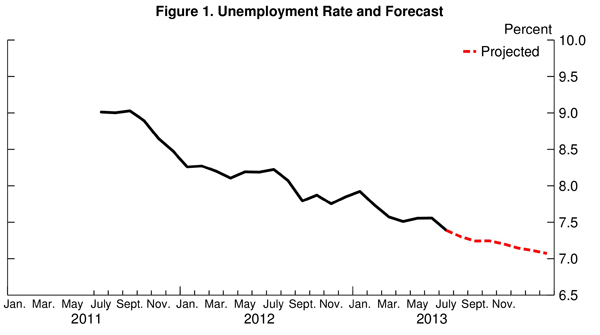
This forecast is easily understood by looking at the projected behavior of the “steady-state” unemployment rate. The steady-state unemployment rate, the rate of unemployment implied by the underlying labor force flows—the blue line in figure 2— stands currently at 7.0%. Our research shows that the actual unemployment rate converges toward this steady state. With a steady-state unemployment rate significantly lower level than the actual rate (7.0 versus 7.4, a 0.4 percentage point difference), this “steady-state convergence dynamic” is strongly pushing the unemployment rate down, implying a fast decline in unemployment going forward. However, going forward, the model anticipates the steady-state unemployment rate (SSUR) to remain roughly constant at 7.0 % over the next couple months (figure 2). The steady-state convergence dynamic will thus become weaker as the unemployment rate converges to 7 percent, implying a decelerating rate of decline until the end of the year.
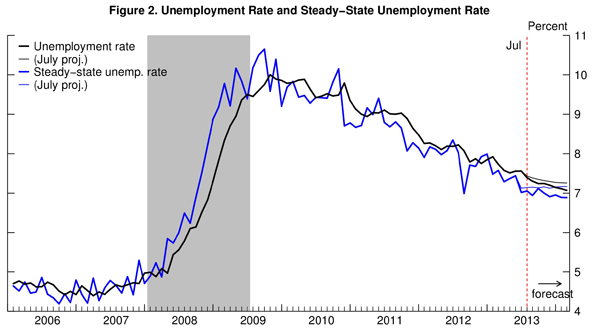
To forecast the behavior of steady-state unemployment (and hence of the actual unemployment rate), the model propagates forward its best estimate for how the flows between employment, unemployment and out-of-the labor force will evolve over time. With the number of job openings essentially flat since March, the model anticipates little improvements in workers’ job finding rate until the end of the year (UE, figure 4), implying a roughly constant steady-state unemployment rate. As the unemployment rate converges to its steady-state over the next several months, the decrease in unemployment will progressively slow down, until unemployment settles at around 7%.
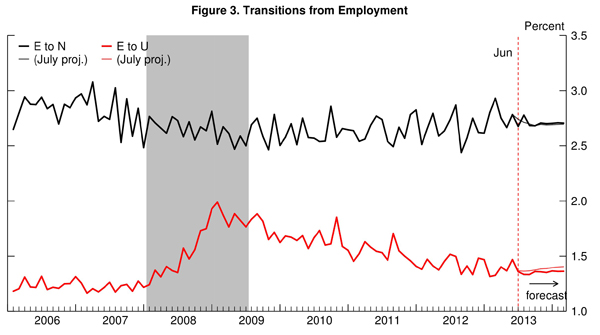
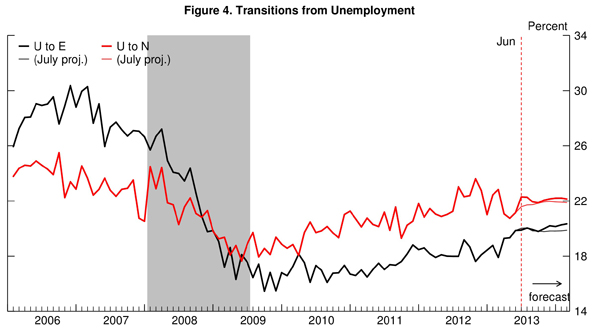

To read more about the underlying model and the evidence that it outperforms other unemployment rate forecasts, see Barnichon and Nekarda (2012).
The Brookings Institution is committed to quality, independence, and impact.
We are supported by a diverse array of funders. In line with our values and policies, each Brookings publication represents the sole views of its author(s).

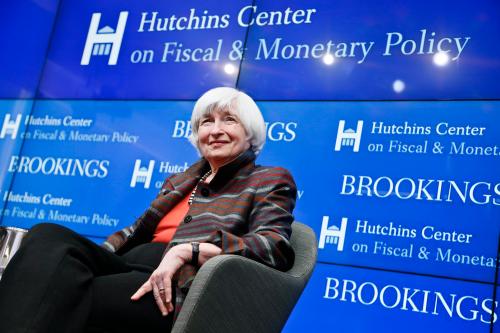
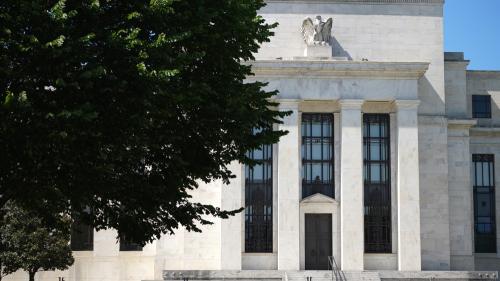
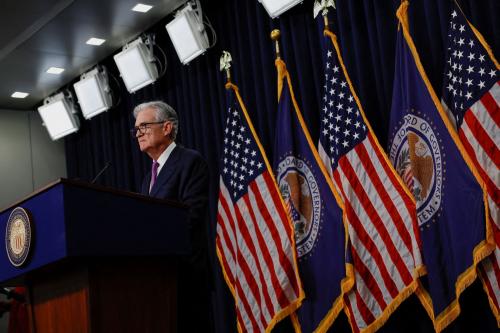
Commentary
Unemployment Projected to Drop to 7.3% but Future Recovery Compromised Absent Improvements on the Hiring Front
September 4, 2013